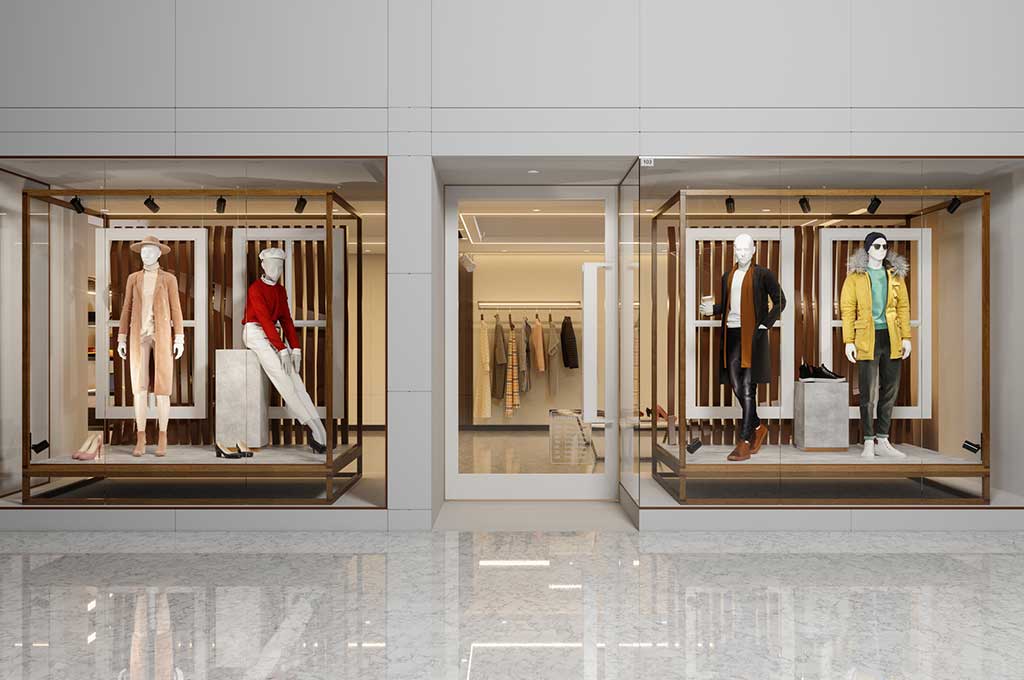
IESE Insight
Can the fashion industry overcome its contradictions?
Sustainability in fast fashion and luxury is a paradox that’s hard to resolve for companies and consumers alike. Here are the limits of recycling and reuse in a culture of overconsumption.
With the inherent conflict between sustainability and consumption, can fast-fashion brands genuinely evolve their business models to support ethical practices? Despite efforts to recycle and reduce waste, these two concepts remain fundamentally at odds.
As the fashion industry continues to churn out more garments than ever — an estimated 150 billion items per year, according to the World Economic Forum — we’re seeing the negative effects of relentless consumption and production progressively more. In the Atacama Desert of northern Chile, piles of discarded clothing are accumulating amid the sand dunes. In some African countries, rivers run dark with indigo dye from denim production.
It’s clear that the industry needs a major rethink. But transitioning to a more sustainable business model isn’t just a question of wanting to do better. IESE professors Fabrizio Ferraro and Anna Saez de Tejada Cuenca have explored the limitations of current sustainability efforts by major brands in research and in new case studies that detail the transformation of the supply chain at Hugo Boss and Danish fashion brand Ganni’s journey to sustainability. Their research also raises larger, equally critical questions about the future of fashion and its environmental impact.
The struggle to make fashion more ethical and sustainable
Some brands, no doubt prompted by sobering (if flawed) headlines about fashion being the second-biggest polluter, have begun making changes to their production and supply chains. Sometimes this extends to the afterlives of their products: H&M, for example, has introduced collection bins in many of its stores, enabling customers to deposit used clothing. Since launching the initiative, the company has seen a yearly increase of over 2,000 tons of collected garments, with a total of 16,855 tons deposited in 2023 alone.
Luxury brands have also emerged as leaders in sustainability efforts. From LVMH’s Stella McCartney embracing plant-based faux furs to Chloe’s decision to become the first B Corp certified luxury fashion house, with a firm commitment to environmental and social responsibility, the high-end sector has made notable strides.
However, whether in luxury or fast fashion, where cost pressures are higher, recycling presents its own challenges. It reduces waste, but still consumes energy, which is often as nonrenewable as that used to produce new materials. Moreover, sorting clothing made from mixed fibers is complex, and for many polyester blends, the necessary technology to recycle them efficiently doesn’t yet exist. In any case, many consumers and brands prefer virgin materials. Persuading customers to pay a premium for sustainable goods remains a hurdle, even among younger generations like Gen Z, who may advocate for environmental causes but continue to shop from fast-fashion giants like Shein and Temu.
An alternative is to repurpose garments rather than recycling them, preserving the integrity of the materials. However, many low-quality fast-fashion items aren’t durable enough to reuse. Online marketplaces such as Vinted and Vestiaire Collective have proven popular, allowing customers to resell quality secondhand pieces rather than sending them to a landfill. Nonetheless, such platforms represent only a small slice of the overall market.
Similarly, clothing rental services, which once promised to revolutionize the industry, have failed to live up to expectations. Rather than reducing consumption, these services may have encouraged even more frequent outfit changes, exacerbating environmental impacts through increased packaging and transportation demands.
Aesthetic overload
In recent years, the rise of a culture centered around aesthetics on social media platforms like Instagram and TikTok has dramatically accelerated the fashion trend cycle. These platforms, where images and videos are shared at lightning speed, have created a dizzying environment in which new styles emerge and fade almost overnight, driven largely by social media influencers showcasing new outfits every day, creating an insatiable demand for new looks.
This is exemplified by fashion-haul videos, where users proudly display their latest purchases. Such content not only glorifies overconsumption — it encourages viewers to take part in the cycle. And retailers are quick to respond to this growing demand, with many brands now releasing up to six collections per year, far beyond the traditional seasonal drops of the past. This shift in production schedules allows brands to keep up with the rapid pace of changing trends and feeds into the consumer’s desire for constant variety.
However, this brings us back to a critical issue: the culture of overconsumption. The pressure to constantly buy and display new outfits has significant environmental and ethical implications. The IESE case studies urge everyone — whether they are consumers, influencers or fashion industry professionals — to reflect on their role in perpetuating the cycle of overproduction and overconsumption. It’s a call to action, encouraging a more mindful approach to how we dress.
Beyond solving the conundrum of overconsumption, there are myriad other questions facing the industry, including:
- How can brands boost consumers’ willingness to pay for sustainable fashion?
- Can fast-fashion brands thrive without relying on volume growth?
- How can AI help shrink fashion’s environmental impact?
- How accountable are fashion manufacturers for their products’ full lifecycle footprint?
At a glance:
READ ALSO:
Retail Revolution: How retailers can prepare for an omnichannel future


